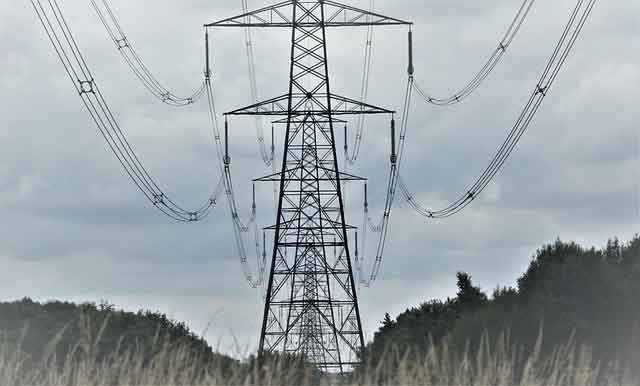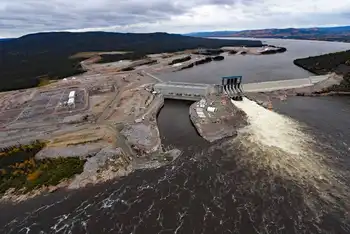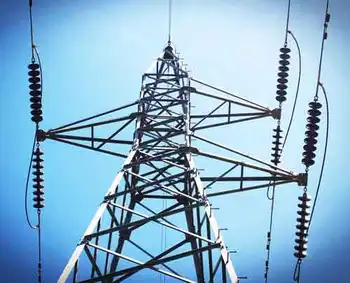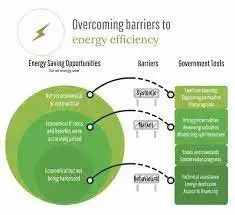U.S. Wind Energy Industry Completes WorldÂ’s Largest Wind Farm
TEXAS - The U.S. wind energy industry is on track to install a record 2,750 megawatts (MW) of generating capacity in 2006, which will produce about as much electricity as is used by the entire state of Rhode Island and help strengthen energy security, the American Wind Energy Association (AWEA) said in its Third Quarter Market Report.
In other record-breaking news, one of the projects completed this quarter, FPL EnergyÂ’s 735-MW Horse Hollow Wind Energy Center in Texas, has shattered all previous records for the countryÂ’s and worldÂ’s largest wind farm. One megawatt of wind power produces enough electricity on a typical day to serve the equivalent of 250-300 homes.
“To strengthen our energy independence we need safe, domestic, and inexhaustible energy, and wind power provides just that,” said AWEA executive director Randall Swisher. “The U.S. wind energy industry is working all-out to meet current demand for new wind farms. But the nation needs a timely and long-term extension of the wind energy production tax credit to allow companies to plan beyond 2007 and continue to build a strong and secure energy future,” added Swisher.
The federal production tax credit, which was extended for two years in the Energy Policy Act, will expire in December 2007. Intermittent, short-term extensions of the tax credit create boom-and-bust cycles that hobble the industry.
America Â’s wind farms currently save over half a billion cubic feet of natural gas per day (Bcf/day) and help reduce the supply pressure that is driving up natural gas imports. Greater use of wind power will increase the resiliency of our electricity supply, help stabilize electricity costs, and strengthen AmericaÂ’s energy security, according to AWEA, which has filed comments with the U.S. Department of Energy on the need for national interest transmission corridors to unlock the vast wind resources of the American heartland.
Recent polls show the public now viewing energy independence as the top national security issue. Commented Swisher, “Every megawatt-hour of domestic, inexhaustible wind energy from our heartland is a megawatt-hour that doesn’t burn fuel and that strengthens our energy security, protects our environment, and creates good jobs.”
A total of 1,345 MW has been already completed this year, according to AWEAÂ’s quarterly report, bringing total installed wind energy capacity in the U.S. to 10,492 MW, generating enough electricity to serve over 2.5 million homes. Construction is also proceeding on an additional 1,500 MW of wind farms to be completed this year.
AWEA had previously estimated that about 3,000 MW would be installed this year, but it is now clear that a few projects originally slated for completion in 2006 will not be finalized until 2007 because of various delays. Wind power is expected in 2006 to provide 18% to 20% of the new capacity installed in the country - making it the second-largest source of new power generation after new natural gas plants according to the Energy Information Administration.
For 2007, AWEA currently estimates that installations will exceed those of 2006 and range from 3,000 MW to 3,500 MW.
A state-by-state listing of existing and proposed wind energy projects is available on AWEA's Web site at http://www.awea.org/projects.
AWEA, formed in 1974, is the national trade association of the U.S. wind energy industry. The association's membership includes turbine manufacturers, wind project developers, utilities, academicians, and interested individuals.
Related News

Canada Extends Net-Zero Target to 2050
OTTAWA - In December 2024, the Government of Canada announced a significant policy shift regarding its clean electricity objectives. The initial target to achieve a net-zero electricity grid by 2035 has been extended to 2050. This decision reflects the government's response to feedback from provinces and energy industry stakeholders, who expressed concerns about the feasibility of meeting the 2035 deadline.
Revised Clean Electricity Regulations
The newly finalized Clean Electricity Regulations (CER) outline the framework for Canada's transition to a net-zero electricity grid by 2050. These regulations aim to balance the imperative of reducing greenhouse gas emissions with the practical considerations…




